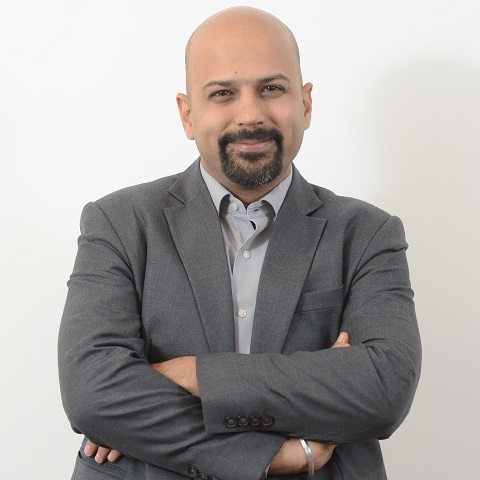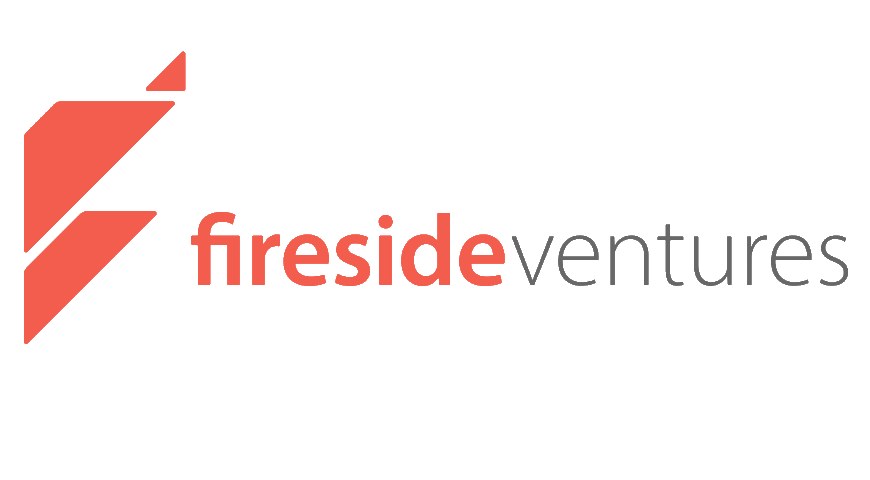
FOUNDING PARTNER FIRESIDE VENTURES

Vinay Singh is the Founding Partner at Fireside Ventures, which is the hottest name in the “Direct to Consumer” Startup segment. Anchored by a slew of Marquee investors, Fireside manages a 150million dollar corpus. Some of the biggest names that they support include mamaearth, yogabar, Bombay shaving co. boat lifestyle and manay more
Vinay has over 7 years at Hindustan Unilever, McKinsey and Bankbazaar.com across sales and marketing. He has a unique perspective on the intersection between consumer brands and technology. He has also been an entrepreneur, as the founder and CEO of Stepni.com, which was acquired by Quikr.